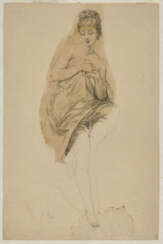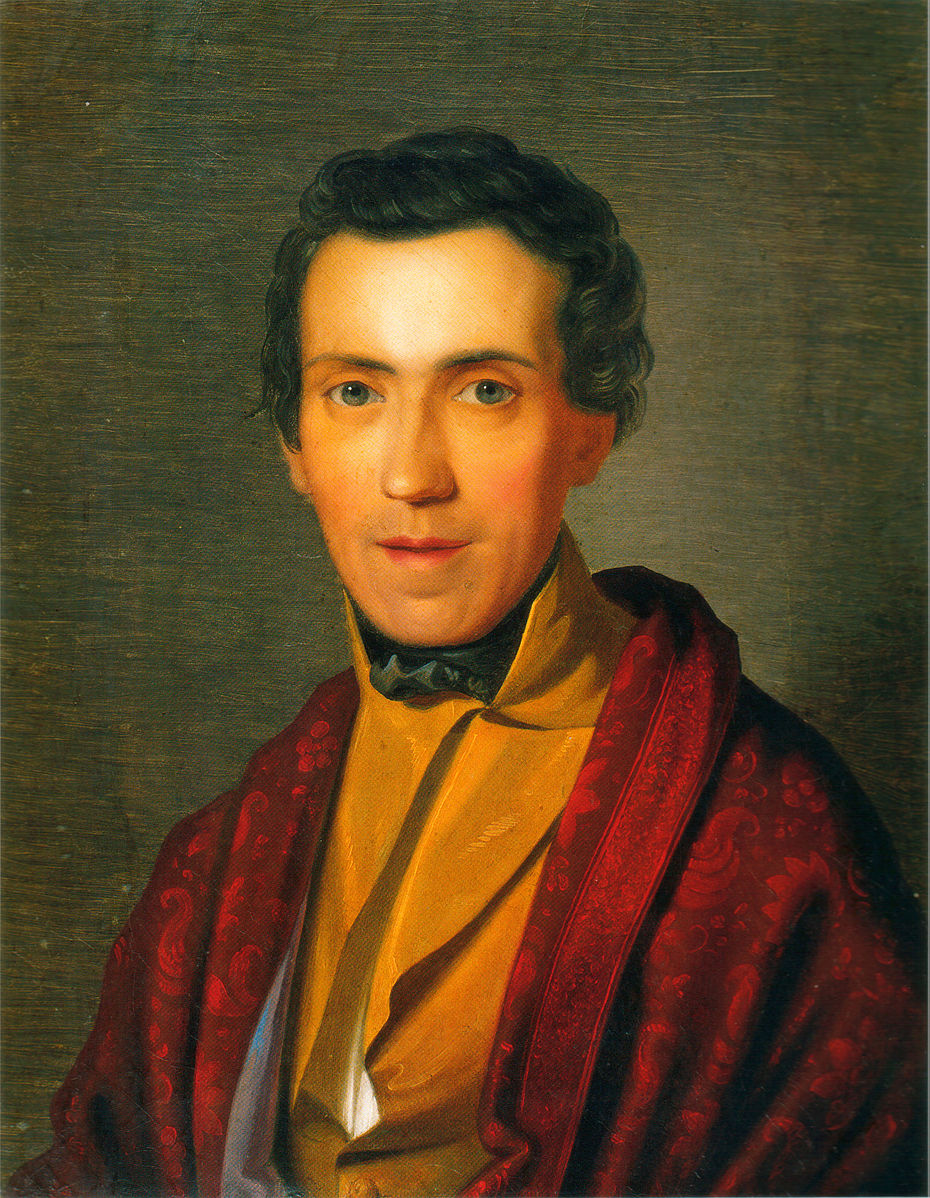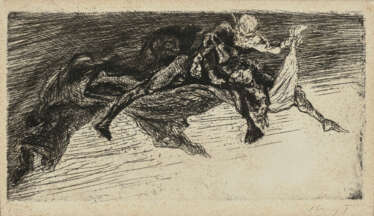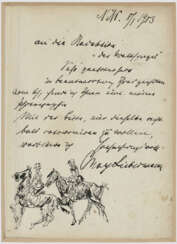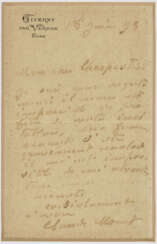
Books — Ancient art
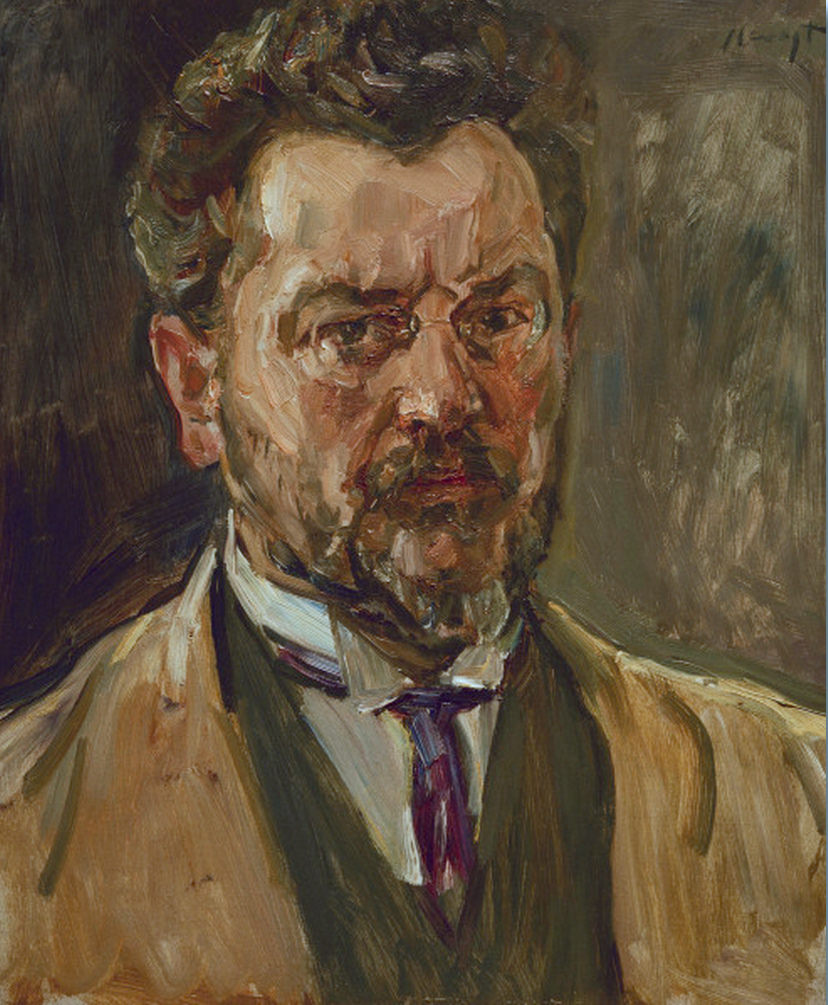
Max Slefogt was a German Impressionist painter and illustrator, best known for his landscapes. He was, together with Lovis Corinth and Max Liebermann, one of the foremost representatives in Germany of the plein air style.
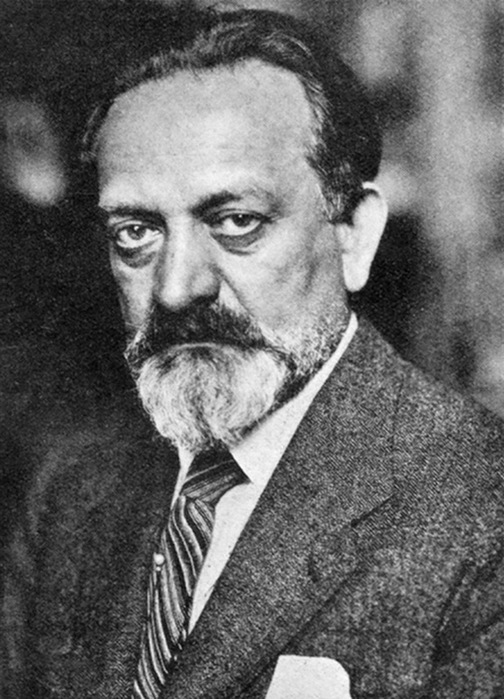
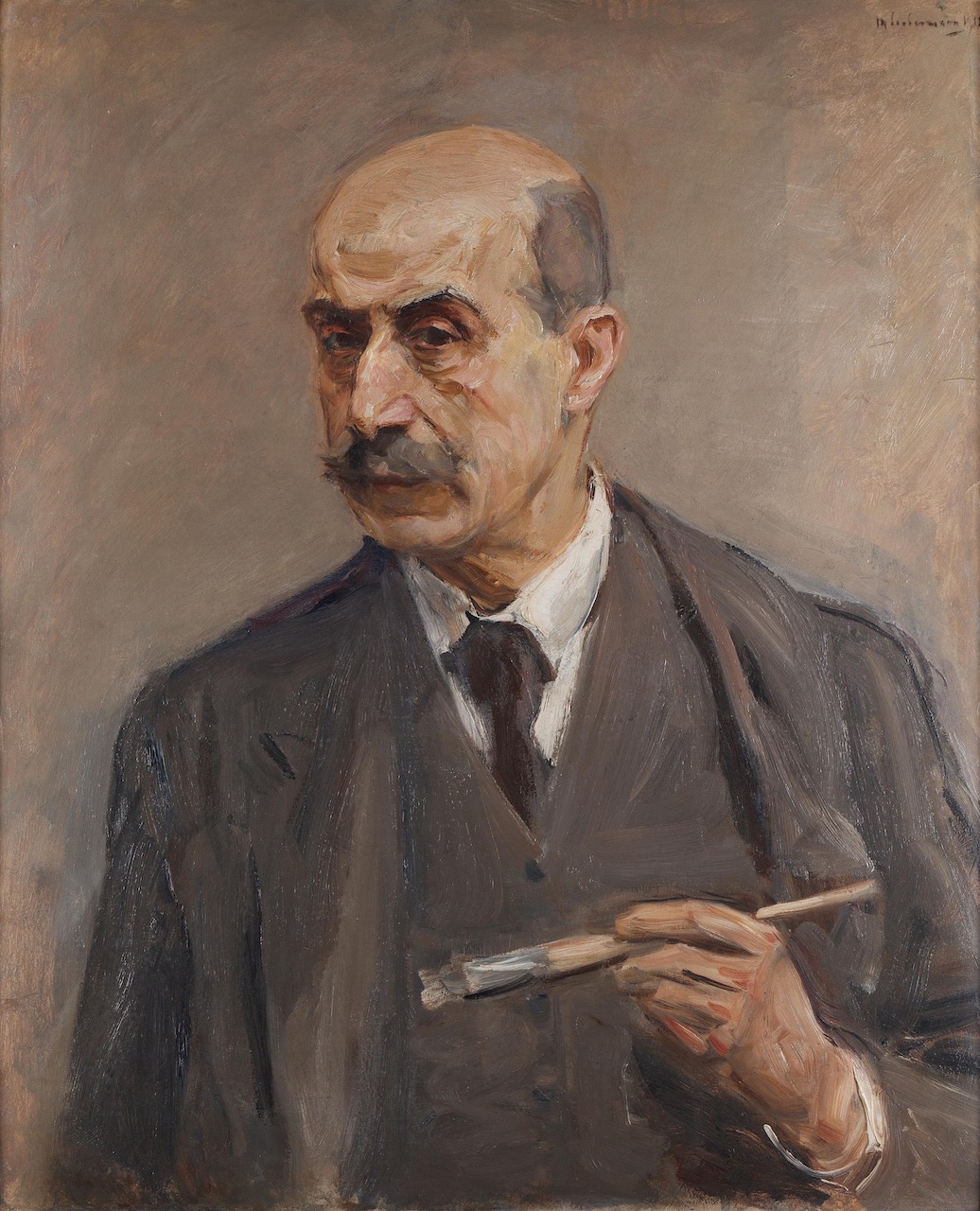
Max Liebermann was a German painter and printmaker, and one of the leading proponents of Impressionism in Germany and continental Europe. In addition to his activity as an artist, he also assembled an important collection of French Impressionist works.
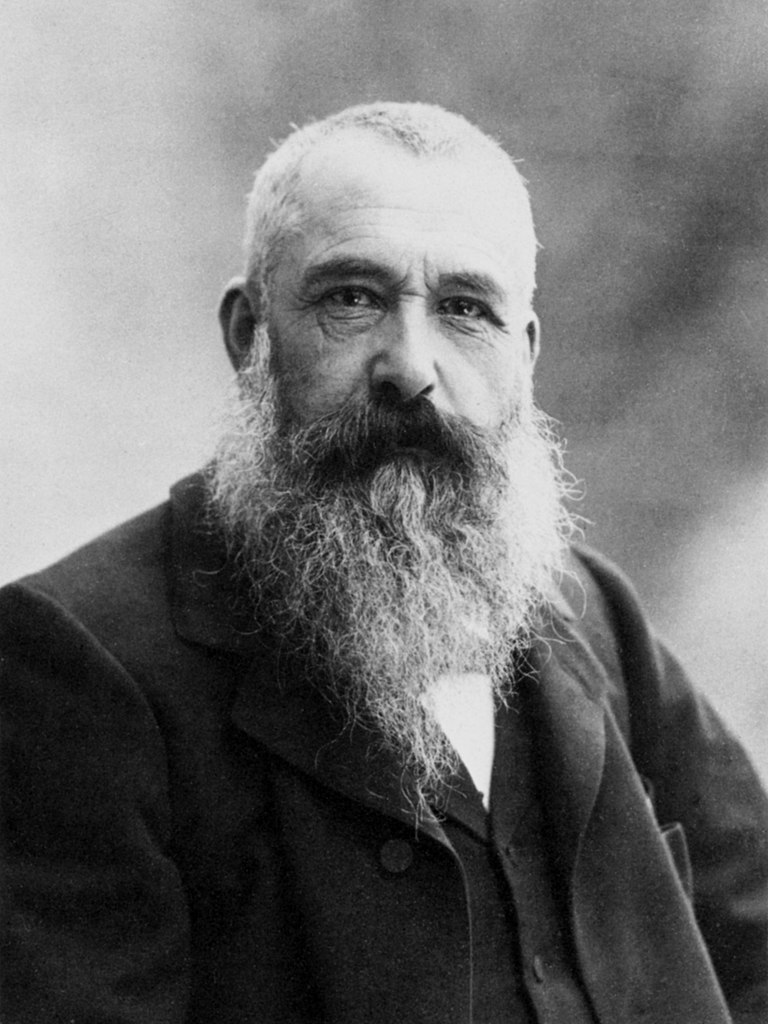
Oscar-Claude Monet, a French painter, revolutionized the art world with his Impressionist style, fundamentally altering the path of modern art. Born in Paris on November 14, 1840, Monet's journey into art was a defiance of his father's business aspirations for him, fueled instead by his mother's support. His early education in the arts began at Le Havre secondary school, where he honed his skills through charcoal caricatures and later, under the mentorship of Eugène Boudin, delved into outdoor painting, a technique that would later define his career.
Monet's works, characterized by their vibrant light and brushed color, are renowned for capturing the essence of their subjects. He often painted the same scene multiple times to depict the changing light and seasons, which is vividly displayed in his series of Haystacks, Rouen Cathedral, and the famed Water Lilies. These pieces, among others, showcase his unique ability to blend color and light, bringing scenes to life in a way that was never seen before.
His most notable works, including "Impression, Sunrise" and the "Water Lilies" series, are celebrated worldwide and remain an integral part of major museum collections, such as the Musée d'Orsay in Paris and the Metropolitan Museum of Art in New York. Monet's dedication to capturing the natural world around him led him to reject traditional approaches to composition, color, and perspective. This approach not only set a new standard for art but also laid the groundwork for the Impressionist movement, influencing generations of artists to come.
As an art collector or enthusiast, the legacy of Monet offers an unparalleled glimpse into the genesis of modern art. His works are not just paintings; they are historical landmarks that mark the transition of art from traditional to modernist ideologies.
For updates on new product sales and auction events related to Monet, sign up for our newsletter. Stay informed and connected to the pulse of the Impressionist world.
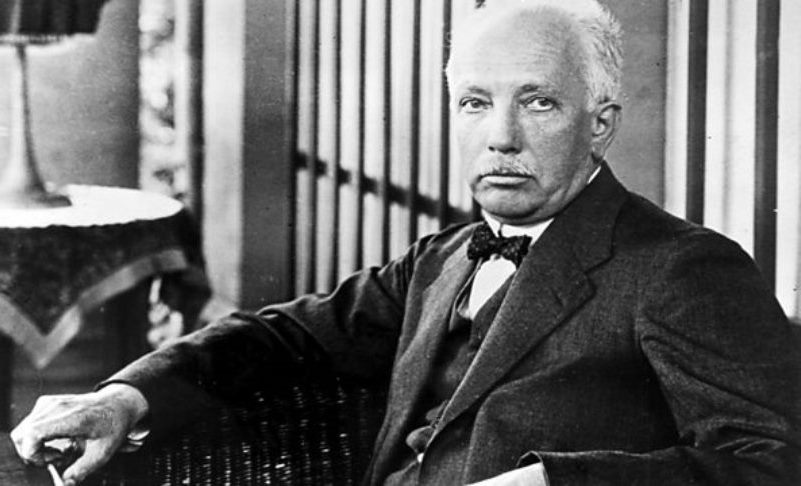
Richard Strauss, full name Richard Georg Strauss, was a German composer of the late Romantic era, a bright representative of German expressionism, and a conductor.
Richard received his first musical education from his father, a virtuoso French horn player at the Munich Opera. The boy was very musical and from the age of six began composing pieces. Growing up, Strauss led a successful career as a conductor of leading orchestras in Germany and Austria. In 1889 in Weimar he conducted the first performance of his symphonic poem Don Juan, which was received with triumph. Strauss was hailed by critics as Wagner's heir and from that moment his career as a composer began.
In 1904, with his singer wife Paulina Maria de Ana, who was an outstanding performer of his songs, Strauss made a concert tour of the United States.
Richard Strauss equally idolized Wolfgang Mozart and Richard Wagner, and much of his work grew out of this reverence. He excelled at writing works for large orchestra, but he was equally successful at subtlety in chamber music. The composer possessed unrivaled descriptive power and the ability to convey psychological detail. This was particularly evident in his operas Guntram, Salome, Elektra and others.
Together with Gustav Mahler, Richard Strauss represents the late flowering of German Romanticism, which combined innovative subtleties of orchestration with an innovative harmonic style.
